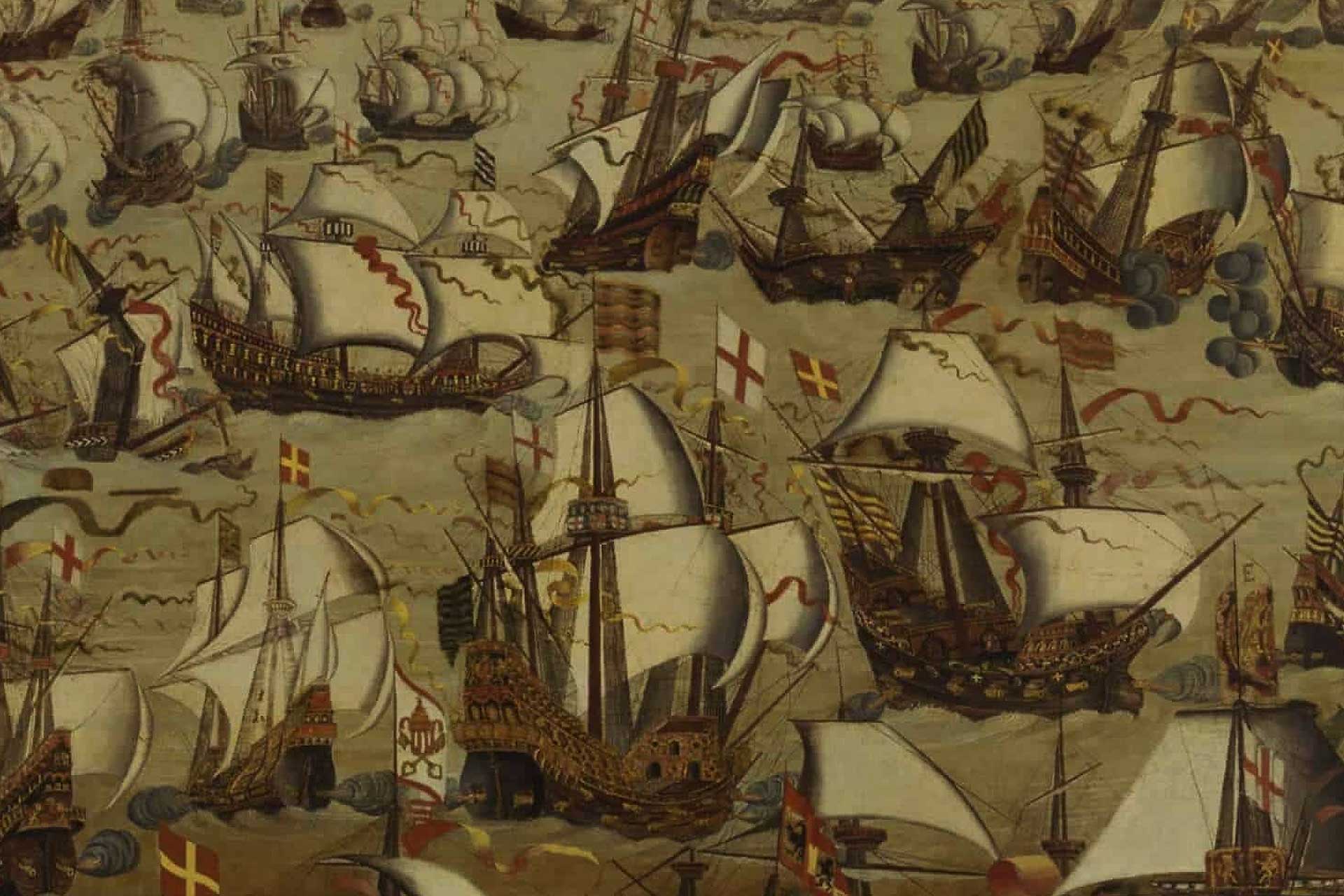Though the Nassau family and the rebellious provinces were only rarely able to mount more than a rag-tag military defense in the first decades of the war, they continued to court powerful Protestant allies for both military support – and for the prospective sovereignty of the Low Countries.
In the mainstream political thought of the day, being a nation without a sovereign “prince” was unthinkable. The rebels would look for replacements for Philip II in Archduke Mathias of Austria, Elizabeth of England, the French Duke of Anjou, and the English Earl of Leicester – and have all these offers rebuffed or fail – before settling into a republican government by 1588.
A note on language: when there is an international or English-language name in common use, that will be used. The version of the name in the individual’s modern local vernacular will follow with the two-letter language code.
Contents
Elizabeth I, Tudor Queen of England
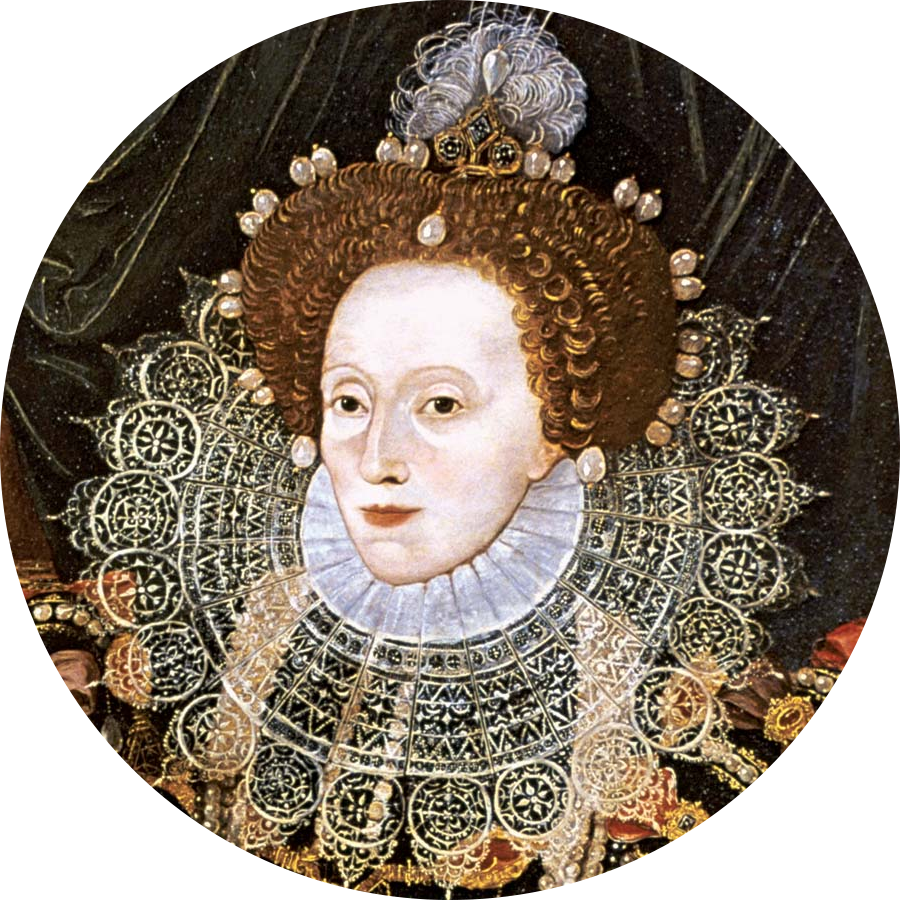
1533-1603: The famous Tudor queen’s relationship with the war in the Low Countries was aloof and mercurial for the first years: a dangerous game of risk vs. reward when weighing the wrath of an angry Catholic Spain. Several times was she offered sovereignty over the Low Countries, and each time she declined.
Only after the Dutch continued to forge alliances with the French and only when the Dutch were at the brink of utter defeat (thus making England an easier target of the Spanish), did she wholly commit her country. The resulting 1585 Treaty of Nonsuch between England and the Dutch would directly precipitate the 1588 Spanish Armada.
For More: Charles Wilson, Queen Elizabeth and the revolt of the Netherlands and Wallace T. MacCaffrey, Queen Elizabeth and the Making of Policy, 1572–1588
Francis, Duke of Anjou
Hercule François, Duc d’Anjou (FR)
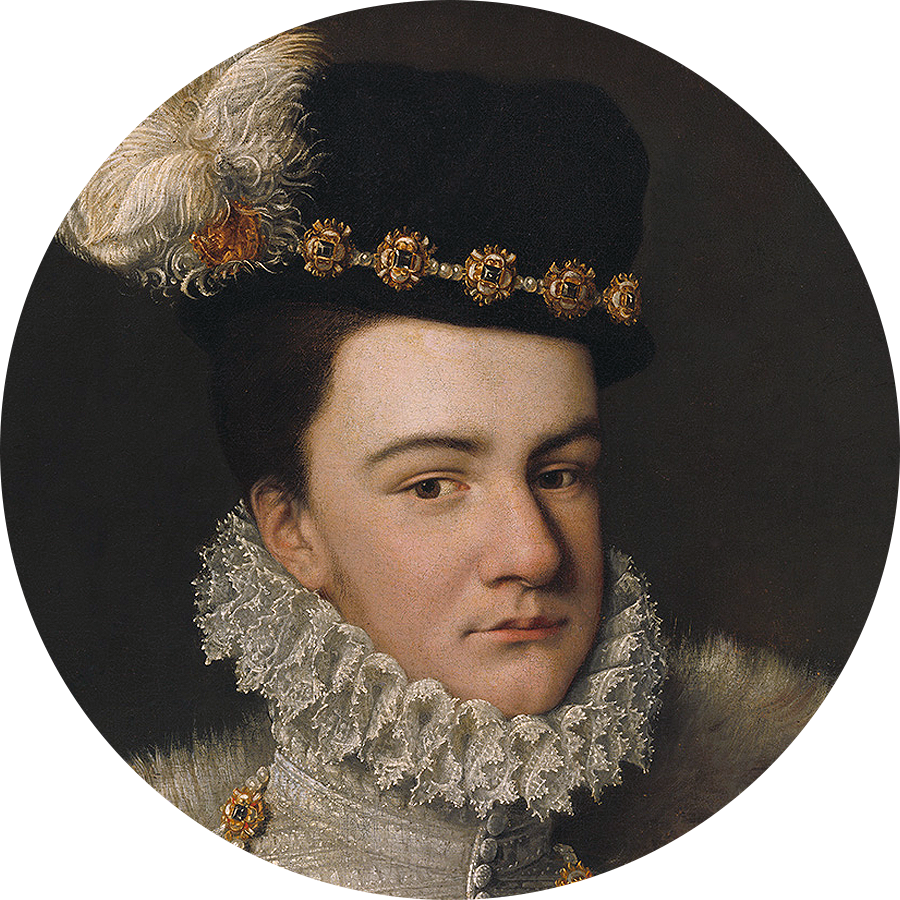
1555-1584: Heir to the French throne, Anjou was at the center of a group of toleration-minded Protestants and Catholics seeking an end to the wars tearing France apart. Believing their own struggle in need of a similarly-minded figurehead, Dutch rebels approached the prince in 1580 – in the middle of his courtship with Elizabeth I – with an offer to become the “Protector of the Liberty of the Netherlands.”
This was not quite full sovereignty, but (after tense negotiations) came close enough for the young Anjou to accept. His relationship with the Dutch was fraught from the very start and eventually lead to the 1583 attack of several Flemish cities. His reputation and relationship with the Dutch then in tatters, the prince returned to France, where he would soon contract malaria and pass away. He was only twenty-nine.
For More: Mack P. Holt, The Duke of Anjou and the Politique Struggle During the Wars of Religion and Anne-Laure van Bruaene, “Spectacle and Spin for a Spurned Prince. Civic Strategies in the Entry Ceremonies of the Duke of Anjou in Antwerp, Bruges and Ghent (1582)”
Robert Dudley, Earl of Leicester
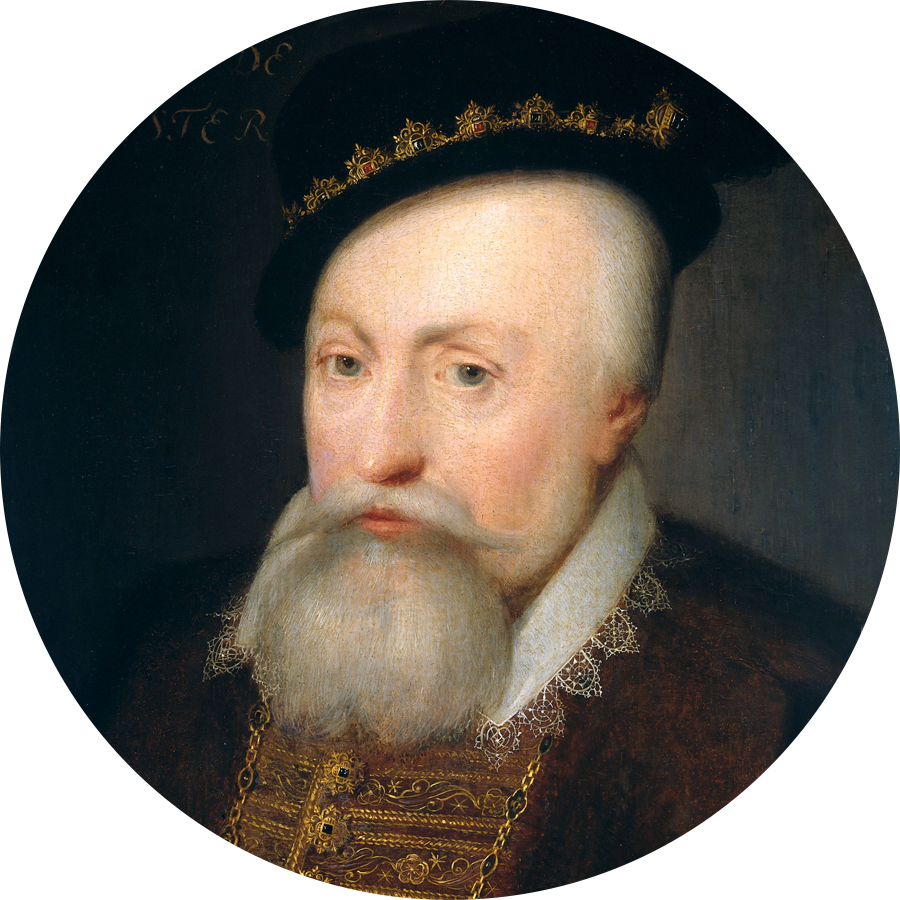
1533-1588: Long one of Queen Elizabeth’s favorites, Dudley and fellow councilor Walsingham formed the core of the pro-Dutch faction among the Queen’s advisors. Following the 1585 Treaty of Nonsuch, he was dispatched as Elizabeth’s representative to the Netherlands.
Initially feted by grateful Dutch statesmen and granted near sovereign control, his hardline Calvinist views soon brought him into conflict with those same provincial estates. His rule became ineffective, and he fled the Low Countries just three years later. In his wake, the Dutch ceased their search for princely sovereigns and fully began to embrace a republican form of government.
For More: F.G. Oosterhoff, Leicester and the Netherlands, 1586-1587
John Casimir, Count Palatine of Simmern
Johann Casimir, Graf von Pfalz-Simmern (DE)
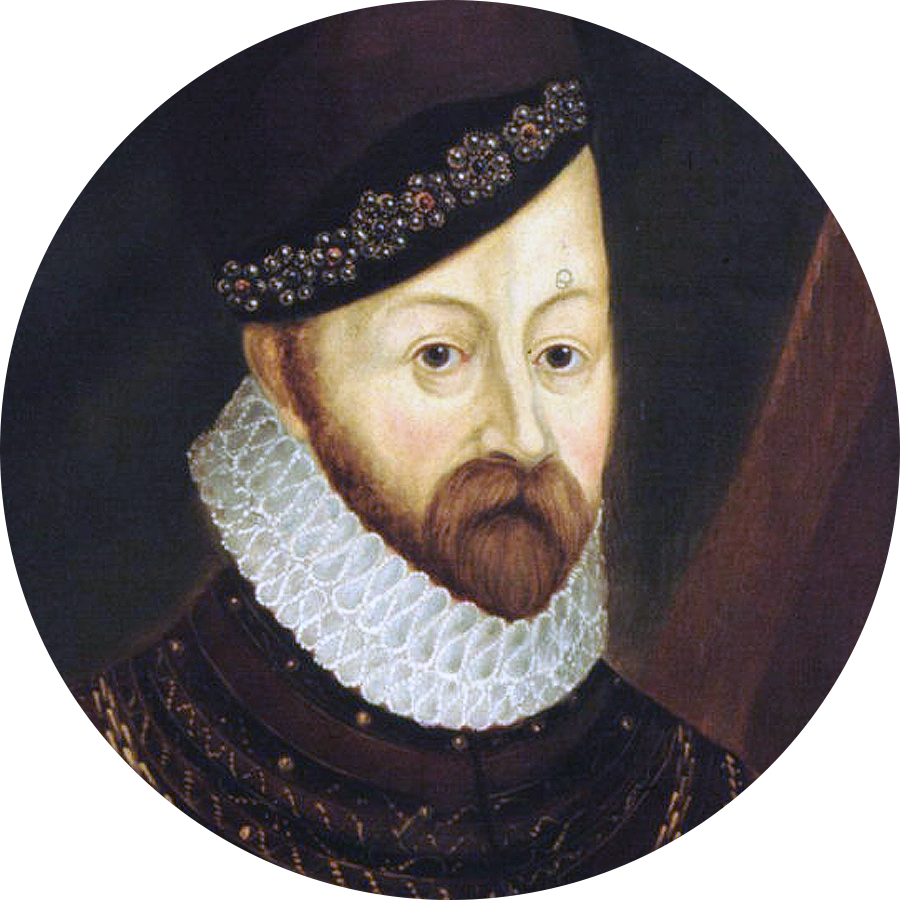
1543-1593: One of the chief Calvinist princes in the Holy Roman Empire, Casimir was something of an adventurer who involved himself in the religious wars in France, the Low Countries, and Westphalia. However, his military and political abilities were largely unable to match his aspirations for Protestant political unity and glory on the battlefield.
For More: Doug Schlegel, “John Casimir” and Jill Raitt, “Elizabeth of England, John Casimir, and the Protestant League” in Controversy and Conciliation: The Reformation and the Palatinate, 1559-1583
The Dutch Revolt which began in 1568 is not as simple as the story of one nobleman rebelling against the King of Spain. There were supporters and partisans on both sides of the conflict enabling – and often forcing the hand of – that one noble house and their Habsburg overlords.
Back to Leaders, Soldiers, & Politicians from the Dutch Revolt
